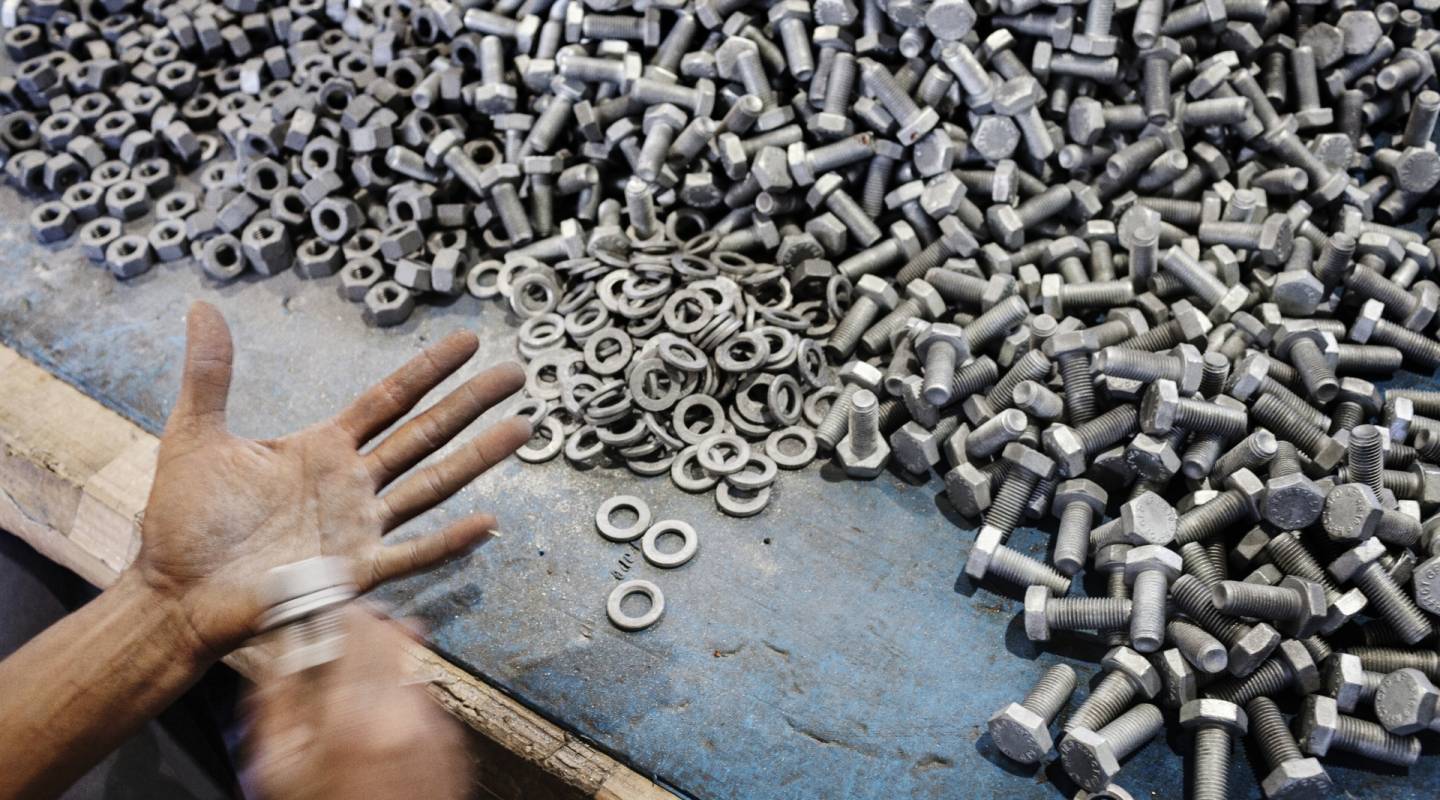
France
Capital city — Paris
The system organisation
Organisation of the penitentiary system
There are three main types of detention centres: • remand prisons (maisons d’arrêt (MA)) for people waiting for their court date, or for those with short sentences (up to two years); • detention centres (centres de détention (CD)) for people serving medium and long sentences, with a prison regime focused on preparation for release; • maximum security prisons (maisons centrales (MC)), for long-term sentences with a stricter prison regime.
Day-leave centres (centres de semi-libertés (CSL)) and the Adjusted Sentence Centres (centres pour peines aménagées (CPA) are detention centres specifically focused on release. They are for those whose sentences have been adjusted.
The penitentiary centres (centres pénitentaire, CP) include at least two of the three categories of the previously mentioned facilities (MA, CD, MC, CSL and/or CPA). Women are separated from men, and minors from adults (see section on female and child inmates.
** —Public-Private Partnerships**
The construction and management of new facilities are shared with the private sector. On 1 January 2017, 58 facilities were under delegated management.
The private sector is responsible for the day-to-day operations: food services, accommodations, training, work, maintenance. For the past several years it has also been in charge of family visits. The penitentiary administration is responsible for the management, the surveillance, the registry (follow-up of imprisonment), probation and re-integration.
Recent constructions were carried out by public private partnerships (PPP). PPPs may seem to be economically advantageous in terms of public financing in the short term, yet they are regularly questioned. In December 2017, the Court of Auditors presented a report which was highly critical of resorting to PPPs, saying that “it would be wise in the future not to resort to PPPs for building prison facilities” and that “the additional costs for the modification work conducted during the construction and the rigidity of the PPPs, which slows down the adaptations needed by the prison public service, are the kind of thing that makes you question the relevance of resorting to these contracts”.